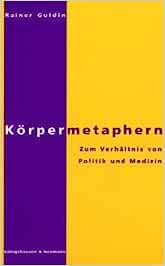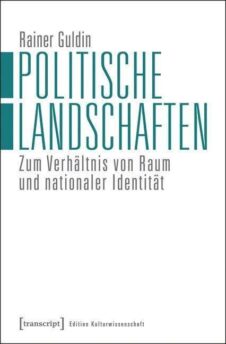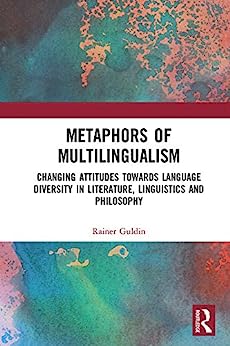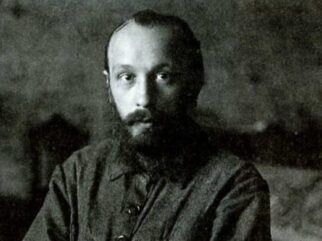


Body and landscape can be conceived as related spatial metaphors. Bodies can be perceived as landscapes made up of hills, mountains, valleys, rivers and forests: the gentle hill of the hip, the slope of the belly, the spring-like opening of the mouth. Conversely, landscapes can be seen as body-like, organically interconnected wholes.
My Lizentiat (Streams and Canals: The Relation of Body and Text in H. P. Lovecraft’s Writing 1980) on the American writer H. P. Lovecraft focused on the relationship of body and text. Much later I came back to this subject. Körpermetaphern: Zum Verhältnis von Politik und Medizin (2000) was dedicated to the metaphor of the body politic, the relationship of the human body and society. The state can be described in terms of a human body: The king is the head or the heart and the peasants are the feet. Conversely a body can be seen as entity that is structured like a state. Revolutionary changes have been described as a dismembering of the body of the state (The Dis-membered Body: Bodily Fragmentation as a Metaphor
for Political Renewal (2002). The metaphor of the body of the king and the head of state is still active in political discourse as I have shown in my essay Das Zittern der Macht. Zur Aktualität politischer Körpermetaphorik (2020).The body politic as a symbol of power and social cohesion was mainly a male body. Female bodies were used as metaphors for transition periods, but in the 19th century also as allegories of the national state (Bedrohte Grenzen. Zur geschlechtlichen Dimension des politischen Körpers 2011).
Politische Landschaften: Zum Verhältnis von Territorium und Identität (2014) deals among other things with the theoretical link between the metaphor of the national political landscape and the conception of the body politic.
Geographical spaces and their relationship to each other can also be be described in terms of translation processes.
In my last book on this metaphorical connection, Metaphors of Multilingualism. Changing Attitudes towards Language Diversity in Literature, Linguistics and Philosophy (2020), I explore the bodily and spatial metaphors of mono- and multilingualism. Languages are organized like bodies and national languages are linked to the national territory with which they share the same borders. However, this unitary vision can be questioned: single organs, the nose, the mouth, the lips, have a meaning of their own and try to break free from the whole body, creating hybrid, ambivalent double-gendered bodies. A territorial metaphor of language which questions homogeneity is the ocean.

One of the essential theoretical influences in the three books is the Russian philosopher and literary critic Mikhail Bakhtin, especially his two related notions of the grotesque body of carnival and linguistic heteroglossia. He also plays a central role in my new book project Körperalphabet. Ein kleines Wörterbuch.